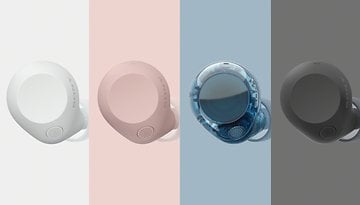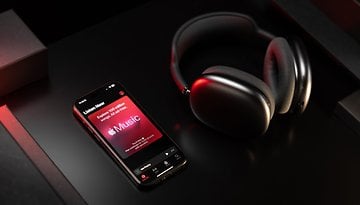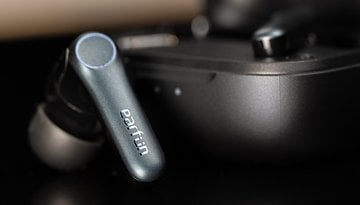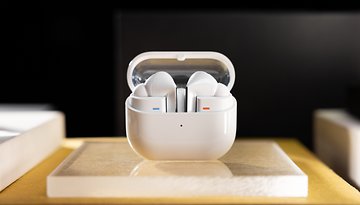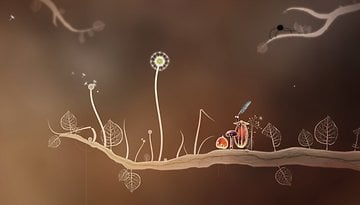Yamaha's new wireless headphones want to look after your ears
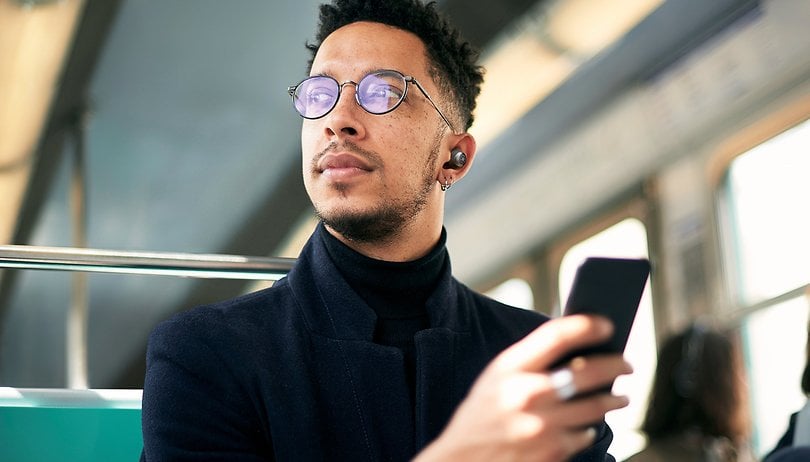

Read in other languages:
Yamaha has presented the first models of its new lineup of wireless headphones. The new YH-E700A, TW-E7A, and TW-E5A can adapt to the listener and environment as part of a new technology called Listening Care. There's also ANC onboard and a pair of over-ear cans to take on Sony and Bose.
All three pairs of headphones feature Yamaha's renowned True Sound, providing a personalized listening experience designed to deliver the highest quality, whether you're traveling, working, or playing sports. They can all also adapt to the listener and the environment. Yamaha says it has worked closely with Qualcomm to ensure excellent transmission between use cases.
YH-E700A flagship over-ears with Advanced ANC
The YH-E700A over-ear headphones adapt to your ears and respond to your surroundings. Yamaha uses Listening Optimizer technology, which uses multiple internal microphones to continuously measure even the smallest changes in listening conditions. The Japanese brand says that this ensures the best possible sound at all times. Every 20 seconds, it determines how the over-ears seal according to the individual ear shape and how much air can escape. The playback is optimized in real-time so that the sound is as close as possible to the original source.
The YH-E700A is also the first product to use Yamaha's proprietary Advanced ANC technology. This advanced noise reduction goes beyond the typical function of this technology and removes background noise while leaving the music signal unaffected. There is also an Ambient Sound mode that lets the user know what's going on in the environment and have the ability to hold short conversations without taking off the headphones.
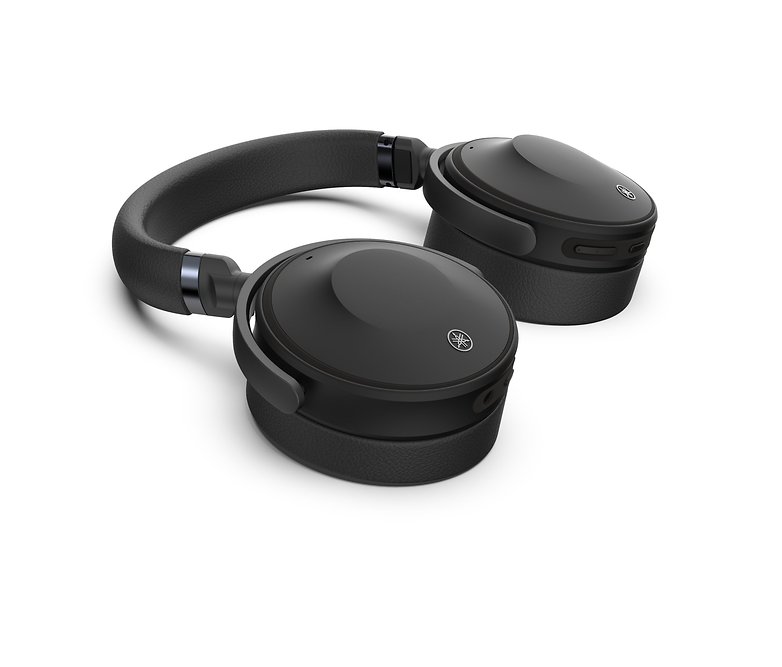
A dynamic 40-millimeter driver provides the sound with a frequency response of 8-40,000 Hz. Yamaha says that the battery life comes ina t up to 35 hours with activated ANC. The Bluetooth is 5.0 and the Bluetooth codecs supported are SBC, AAC, and Qualcomm aptXTM Adaptive.
TW-E7A and TW-E5A true wireless earbuds
The TW-E7A and TW-E5A are both true wireless earbuds that will enter an ever-growing market. Both models feature a dynamic 6.2-millimeter driver that can cover the entire audible frequency range from 20 to 20,000 Hertz. The headphones are IPX5 protected against water. Yamaha promises battery life of five hours (TW-E7A) and 6.5 hours (TW-E5A) as well as an additional three charges from the carry case.
Bluetooth 5.0 is once again used with support for the codecs SBC, AAC, and aptX. The TW-E7A are also equipped with Yamaha ANC and feature the Ambient Sound mode of the brand's new over-ear headphones. The cases of the earbuds are charged via an included USB-C to USB-A cable.
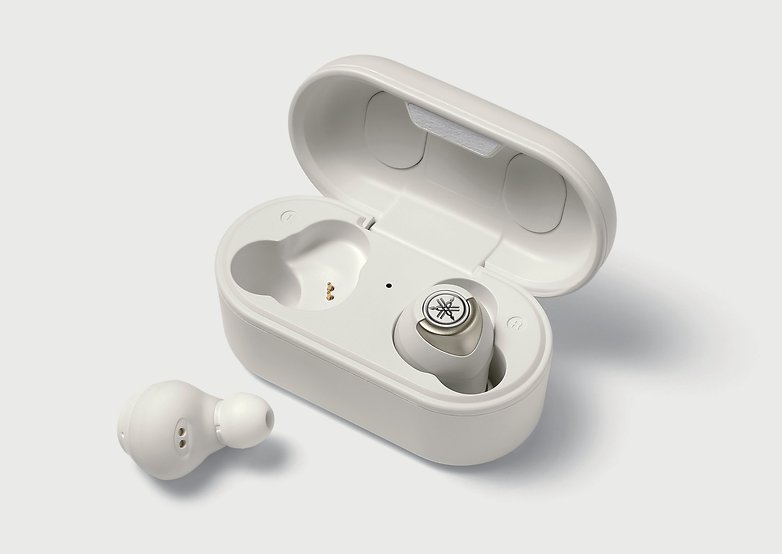
Listening Care
Yamaha has integrated its proprietary Listening Care technology into all of its new headphones. This technology intelligently adjusts the frequencies to the listening situation - a technique that goes beyond ordinary equalizer settings. When the environment is a bit louder, people often simply increase the volume. Listening Care prevents this typical reaction and is meant to protect the listener from unnecessarily high volumes. The fine-tuning of the sound also provides more balance at low levels and a sound in which all high and low frequencies can be heard. On the YH-E700A over-ear headphones, the technology continuously adjusts in real-time as external noise changes.
There will also be a free Yamaha Headphones Controller App for iOS and Android for the operation of the headphones via a phone or tablet.

Price and release date
The first models of the new Yamaha headphone line-up will be available in Europe shortly. The TW-E5A and TW-E7A earbuds are expected to be available in October 2020, the YH-E700A over-ear model will be available in December. The prices are as follows:
- TW-E5A true wireless: €174.00 (adjusted for the new 16% VAT)
- TW-E7A true wireless: €243.00
- The price of the YH-E700 over-ear headphones will be announced later
What do you think of the new Yamaha headphones lineup for 2020? Leave us a comment below the line.






